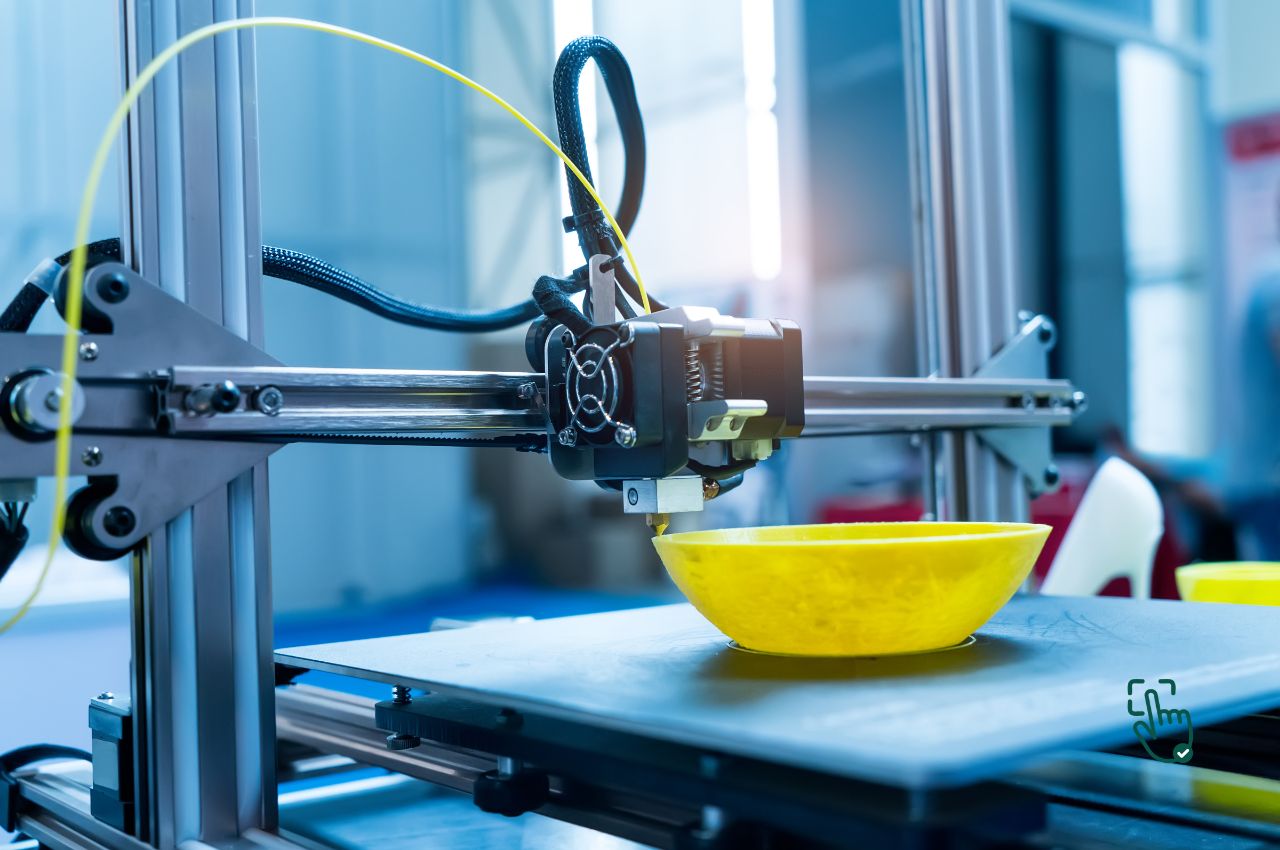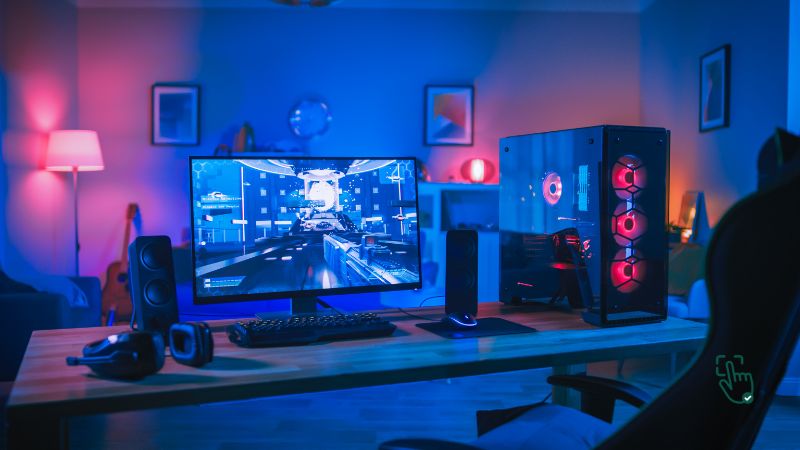
If you’re thinking about getting a 3D printer, you’re not alone. The idea of printing your own custom objects, from tools to toys, is incredibly appealing. But before you dive in, let’s have an honest talk about the experience—it’s exciting, but it’s not all smooth sailing. We’ll break down everything you need to know, from the benefits and challenges of 3D printing technology to the best 3D printing machine options out there. Spoiler: a home 3D printer can be a game-changer, but it comes with some quirks.
What Makes 3D Printing Exciting
The short answer is that desktop 3D printers are amazing for anyone who loves DIY projects, creativity, or even prototyping. Whether you’re designing custom parts or making gifts, the possibilities are endless. You can print almost anything, which is why so many people find them worthwhile. But, if you’re looking for a quick, perfect print every time, well… let’s manage those expectations a bit.
The Real Deal with 3D Printing
Learning Curve: Real Talk
Using a 3D printing machine is not as easy as plug-and-play. You’ll need to learn how to set up the machine, handle print bed adjustments, and manage the occasional 3D printer filament jam. Sure, there are plenty of tutorials, but if you don’t love troubleshooting, this could be a hurdle. A flawless object on the first try? Rarely happens, my friend.
Time-Consuming and Slow
Let’s be honest: 3D printing can be pretty slow. Printing a small, simple item can take hours. More complex 3D printing projects? We’re talking all-day events. And you can’t just walk away and hope for the best. Mid-print failures like filament snags or misalignments can ruin the entire process. If you’re looking for quick results, this might test your patience.
Costs Beyond the Printer
Yes, you can find an affordable 3D printer for a few hundred bucks, but that’s not the whole story. 3D printer filament costs money, and you’ll likely have to experiment with different brands or materials to find one that works well for your 3D printing projects. And don’t forget about replacement parts. Printers need regular maintenance, and things can (and will) break.
Best 3D Printers: Comparing Options
Now that you know the reality, let’s look at some of the best home 3D printers out there and what makes them stand out. Here’s a comparison of two popular models, each with its own pros and cons.
Creality Ender 3 V2: Budget-Friendly but Requires Some Work
The Creality Ender 3 V2 is an excellent choice for beginners. It’s affordable, has a decent print area, and is known for being fairly easy to use once you get the hang of it. However, it’s not perfect out of the box. Manual bed leveling can be frustrating, and the setup might take some trial and error. Still, if you’re willing to put in the effort, it’s a solid starter machine. Check out more about it at All3DP.
Prusa i3 MK3S+: Top-Tier Quality for Serious Users
If you’re ready to take things up a notch, the Prusa i3 MK3S+ is one of the best options available. It has automatic bed leveling, power recovery, and produces near-flawless prints. But the premium quality comes with a premium price tag. This is more for advanced users or those who are committed to 3D printing technology as a long-term hobby. If that sounds like you, check out the full review on Tom’s Hardware.
The Not-So-Glamorous Side of 3D Printing
3D Printer Noise Levels
Here’s something not everyone talks about: 3D printing machines are noisy. Most models hum and buzz while they work, which could drive you crazy if you’re trying to focus. High-end models may be quieter, but noise is something you’ll have to live with if you’re in the same room as the printer.
Filament Troubles
Switching 3D printer filament seems straightforward, but it can become a mess quickly. If the filament breaks mid-print, or doesn’t feed properly, you’re looking at a big problem. Storage is another issue—filament needs to be kept in dry conditions to avoid absorbing moisture and degrading. This means more money spent on proper storage solutions.
Eco-Unfriendly Aspects
Although 3D printers are cool, they’re not necessarily eco-friendly. Most common 3D printing materials like PLA or ABS are made of plastic, which is not biodegradable. There are greener alternatives, but they’re expensive and often tricky to work with. If sustainability is important to you, you might want to explore those options.
When a 3D Printer Is Totally Worth It
Prototyping and Product Development
For inventors and designers, having a desktop 3D printer at home is a game-changer. You can prototype your ideas in real-time, tweak designs on the fly, and cut down on production costs. But if you’re a casual hobbyist or someone who just likes to tinker, the hassle of maintenance might outweigh the fun.
STEM and Learning
3D printers are incredible tools for education, especially in STEM subjects. They offer hands-on learning opportunities that bring engineering and creativity together. However, these machines require tech-savvy users to manage any issues that pop up.
Final Thoughts on 3D Printer
In conclusion, 3D printers are a fantastic investment—if you’re willing to put in the time to learn, maintain, and troubleshoot. They open up endless possibilities for DIY projects, custom designs, and even product development. But they’re not without their challenges. Be prepared for a steep learning curve, unexpected maintenance costs, and some frustrating print failures along the way. If that doesn’t scare you off, then yes, a 3D printer is totally worth it.



